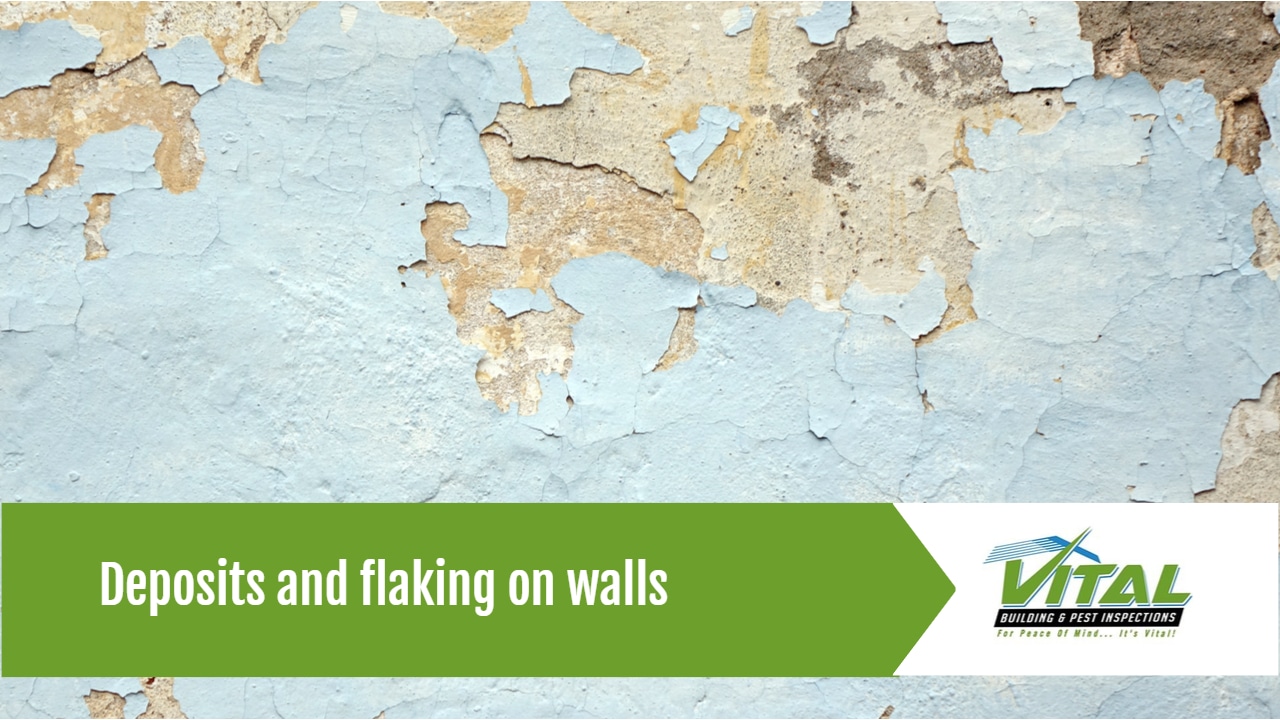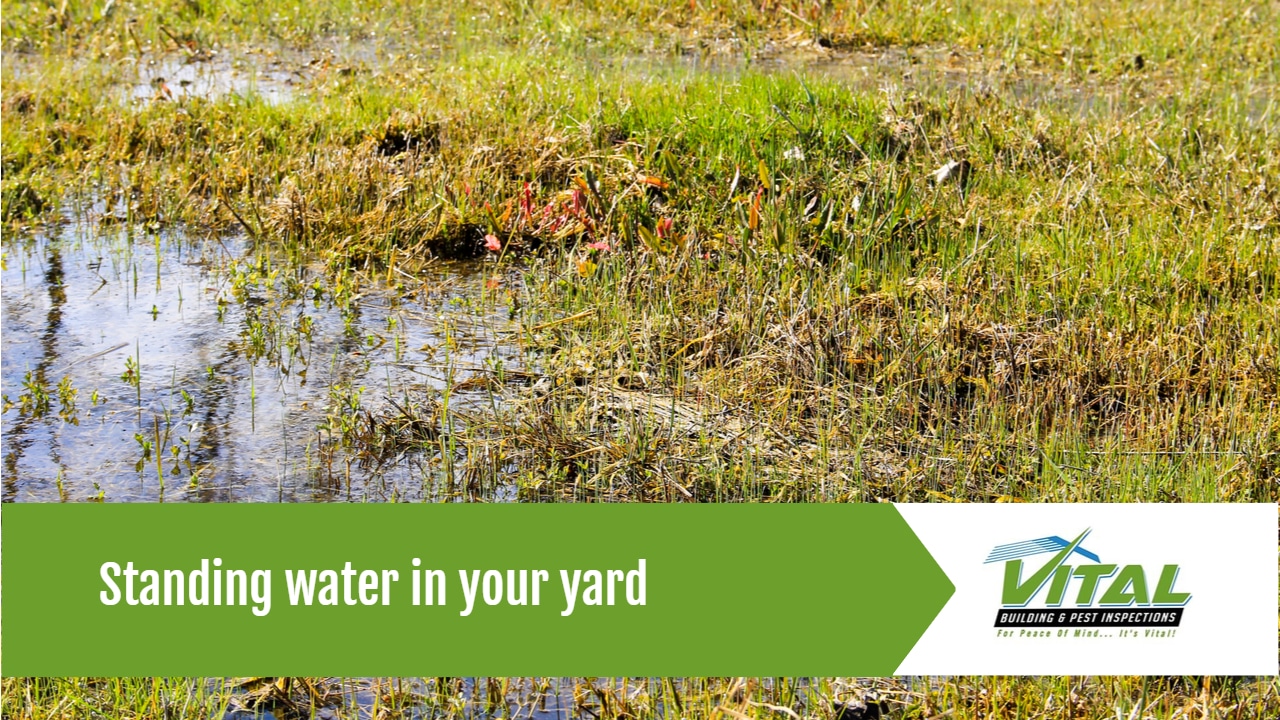Get to know the signs of drainage problems early on so you can save yourself from spending thousands of dollars on home renovation and repair.
Drainage problems, if left unchecked, can slowly cause serious structural damage without you knowing it until it’s too late. Although you don’t have to be a certified building inspector to recognise the signs of water complications within your premises — some signs are not so obvious to homeowners.
Below are 9 signs of drainage problems you probably didn’t know about. You’ll also learn some of the causes and the effects they bring into your homes.
9 Signs of Drainage Problems You Didn’t Know About Until Now!
1. Rain Gutters That Overflow
Water overflowing your gutter’s edge during a storm is a sign that your downspout is clogged. Likewise, mud splatter on foundation walls after a storm is an indication that your rain gutter is malfunctioning.
Dead leaves, moss, and other debris can accumulate along the gutter blocking the flow of water. It can also clog the down pipe causing water to overflow. You need to take action if you want to avoid structural damage, a ruined paint job, and rotten cladding.
2. Displaced Mulch
Mulch or wood chips are used in gardens and lawns for various purposes. They are applied around plants and trees to improve soil condition, control weeds, and enhance your garden’s visual appeal.

But if mulch is showing up in areas where it should not be; then drainage problems could be the cause of a run-off. Surface run-off happens when the soil is not draining water properly. The other signs of a run-off are silt dumped on pathways and gullies carved through the soil.
If this is not addressed immediately it could severely damage your patios, pathways, and garden features.
3. Mildew in your attic
The attic or roof space might seem an unusual place to look for signs of drainage problems, however, the presence of mould and mildew in the attic can be a hint that there are drainage issues at the ground level.
Mould begins to appear in your home as moisture accumulates due to roof leaks and drainage problems in your basement. You need to fix these issues as soon as possible to avoid spending on costly renovation repairs in the future.

4. Deposits and flaking on walls
Your walls can show signs of drainage problems such as spalling and efflorescence.
Spalling happens when water penetrates the masonry. This is often no cause for alarm as this is usually superficial. However, when the penetration goes deeper than half of an inch (12 mm), this may be a sign of a serious drainage problem that could damage your walls.
Deposits and big patches flaking off from your walls are tell-tale signs that spalling has occurred.
Efflorescence happens when water evaporates and leaves minerals behind on a surface. It also indicates that the condensation of moisture has happened in the area. This is may not be a cause for concern but it is wise to check out your gutters, down-spout pipes, and the condition of the soil around the foundation if you discover it.
Traces of white or grey crust on your basement walls is a sign of efflorescence.
5. Cracks in the foundation
As your house settles over time, it is normal to find small cracks on your foundation. But if the cracks are getting bigger, you should be alarmed.
Measure the width of the cracks and mark them with a pencil. Record your data so you’ll know if there are significant changes. If you find that there is an increase of more than an inch, a potential drainage problem could be slowly wreaking havoc on your foundations.
6. Water stains in the basement
Water stains in your basement can show up in two ways. If they show up high on your foundational wall it can indicate that surface water is overflowing over the gutter. Or it could be caused by standing water in the yard.
On the other hand, water stains that extend around your basement’s perimeter indicate that you are facing a serious drainage problem.
Your home may have been built below the level of city or municipal storm drains, causing water to back up inside your basement. Or it could be that the water leaking inside your home is caused by your area’s fluctuating water table.
7. Downspouts that dump too much water
If your downspouts aren’t connected to stormwater systems or are too short, chances are they’re dumping too much water around your foundations.
Large volumes of water coming from downspouts plus water seeping deep into the soil can create tremendous pressure that can cause cracking on your foundation. Also, excess water around your foundations can find their way into your basement and cause damage to your floors and furnishings.
8. Standing water in your yard
It’s a common sight to see puddles in your yard after a storm but what’s not common is to see standing water that remains for days. One thing’s for sure, if you have this then your yard’s not draining water properly or maybe it’s not draining water at all.
9. Puddles in your crawl space
Most people have this notion that a crawl space is an area where rodents and spiders lurk because it is dark and moist. On the contrary, a crawl space is not supposed to be moist at all. It should remain dry all the time. Otherwise, it could be an indication that there is a problem with the drainage.

Don’t ignore the signs. Take action before it’s too late!
If your property has any of the signs of drainage problems stated above, take action now by calling Vital Building Inspections Sydney service. We are a local building and pest inspection company based in western Sydney with many years of experience in building and pest inspections.






